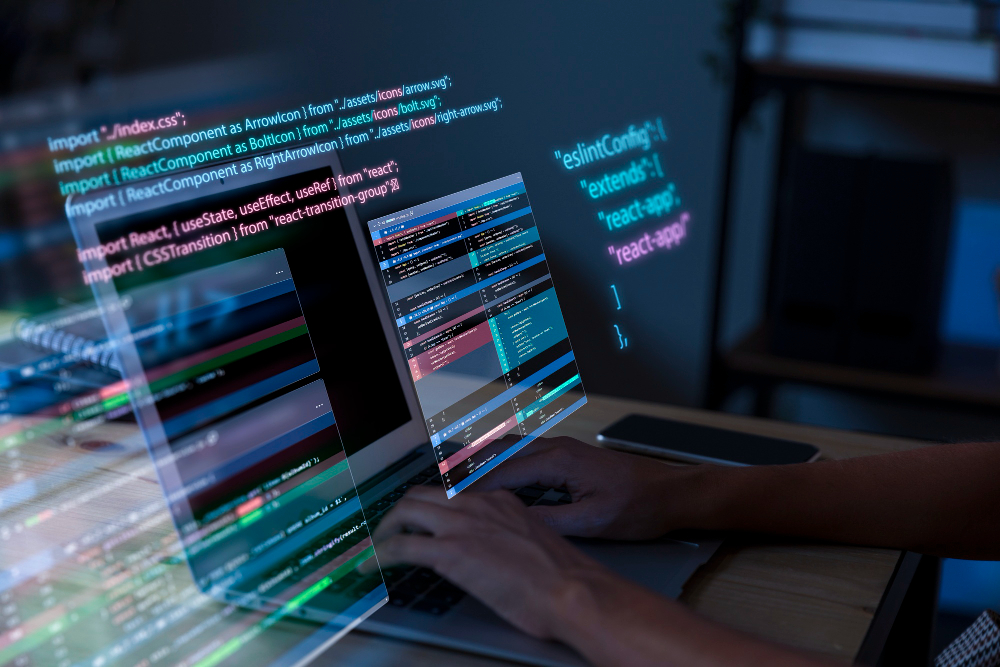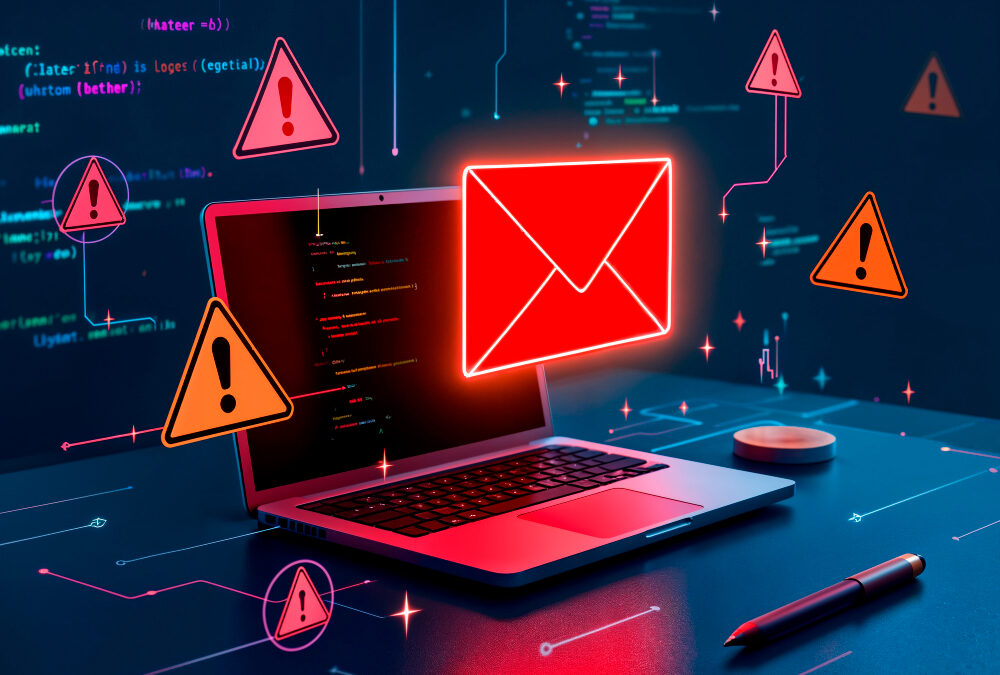
Why Piracy Control Matters for Software Companies
Introduction
Software companies across the globe face an ever-growing challenge that often goes unnoticed until it strikes hard: piracy. Piracy control is not just about protecting intellectual property; it is about ensuring innovation, revenue, and competitiveness remain intact. Imagine investing years into developing a groundbreaking software solution, only to have it illegally copied and distributed within weeks of its release. This harsh reality has cost the software industry billions of dollars annually, eroding trust and profitability. Piracy control is, therefore, more than a protective measure—it is a business survival strategy.
In this blog, we will explore why piracy control holds such critical importance for software companies, covering key aspects that organizations must understand to safeguard their creations. We will break down essential insights software firms should know, followed by actionable measures to effectively combat piracy. From understanding digital rights management to choosing advanced anti-piracy partners, this guide is designed to provide software companies with the information they need to protect their intellectual property. Let’s dive into why piracy control should be at the forefront of every software company’s security strategy.
Key Factors Software Companies Must Know About Piracy Control
Before diving into specific strategies, it is important to build a strong foundation of knowledge. Piracy control is a multi-layered discipline involving technology, law, and business strategy. Understanding its landscape helps software companies prepare better. Below are essential elements that every business must be aware of.
The Scale of Software Piracy
Software piracy is not a minor issue—it’s a global epidemic that affects both startups and multinational corporations. According to industry reports, software piracy contributes to billions of dollars in annual revenue losses, making it one of the most pressing threats to the digital economy. For companies, this means that even a small-scale piracy attempt can scale into widespread illegal distribution across international markets, thanks to the ease of digital sharing. The sheer scale of this challenge makes proactive piracy control indispensable.
Furthermore, the spread of pirated software often extends to regions with high demand but limited affordability. This creates a unique challenge where software companies must balance accessibility with control. While pricing strategies can help, they alone cannot counteract the massive underground piracy networks. Companies must recognize that the scale of piracy requires robust digital and legal measures.
Legal Implications of Piracy
Piracy control is not solely a technical matter; it is deeply tied to intellectual property rights and global legal frameworks. Unauthorized copying, distribution, and usage of software violate copyright laws, exposing both perpetrators and users to serious legal consequences. For software companies, pursuing legal action can serve as a deterrent, but it also requires significant resources and expertise.
Moreover, the legal environment differs across countries, which means enforcement of piracy laws varies significantly. Some regions have strict anti-piracy enforcement, while others have weak legal protections. For global software companies, this fragmented legal landscape requires building strong compliance and enforcement strategies, often supported by specialized piracy control firms.
Revenue Loss from Piracy
One of the most direct consequences of piracy is revenue loss. Pirated copies, often distributed for free or at a fraction of the original price, directly undermine sales. For startups, this could mean a loss of vital early-stage income, while for established firms, it erodes market share and profitability. Software piracy not only impacts sales but also investor confidence, making it a critical barrier to growth.
Additionally, revenue loss is not limited to immediate sales but also long-term support and service contracts. Many pirated software users cannot access official updates or support, leading to negative experiences associated with the brand. This can tarnish the reputation of the company and diminish future sales opportunities.
Security Risks of Pirated Software
Pirated software often comes bundled with malware, viruses, or other malicious code that compromises users’ systems. While this directly affects users, it also damages the reputation of the original software developer. Users often blame the company for performance or security issues, even if the problem arises from pirated versions.
Furthermore, the existence of pirated versions exposes security vulnerabilities in the original product, making companies a target for cybercriminals. Hackers often exploit weaknesses to create cracked versions, which means software developers must continuously innovate their security measures. Effective piracy control, therefore, also strengthens overall cybersecurity.
Technological Advances in Piracy Control
The fight against piracy is dynamic, with both pirates and defenders using increasingly sophisticated tools. Companies now leverage technologies such as digital rights management (DRM), AI-based monitoring, and blockchain to detect and prevent unauthorized distribution. These tools help track usage, block unauthorized access, and monitor suspicious activities across platforms.
On the other hand, pirates also evolve their techniques. From key generators to advanced crack software, piracy methods are becoming harder to detect. This arms race between technology and piracy makes continuous investment in advanced anti-piracy tools a necessity for software companies aiming to stay ahead.
Effective Strategies for Piracy Control in Software Companies
Implementing Digital Rights Management (DRM)
Digital Rights Management (DRM) is one of the most widely used methods for controlling piracy. By embedding encryption and license verification within the software, DRM ensures only authorized users can access the product. Companies can use DRM to control distribution, restrict copying, and track usage, making it a cornerstone of piracy control.
However, DRM must be implemented carefully to avoid frustrating genuine users. Excessive restrictions can reduce usability, leading to customer dissatisfaction. Therefore, companies must balance user experience with security when designing DRM systems, ensuring they protect revenue without alienating customers.
Using License Keys and Online Activation
Another common strategy is the use of license keys coupled with online activation. Each software copy is assigned a unique key, which must be verified online before use. This method ensures that only legitimate users can access the product, reducing opportunities for piracy. Companies can also limit the number of activations per license, further discouraging illegal distribution.
Nevertheless, license key systems are often targeted by pirates using key generators. To counter this, companies must combine license activation with real-time validation and monitoring, ensuring that suspicious activities are flagged and blocked immediately.
Leveraging Cloud-Based Software Models
The shift to cloud computing has created new opportunities for piracy control. Software-as-a-Service (SaaS) models, in particular, offer inherent protection against piracy since software is hosted on secure servers and accessed through subscriptions. Unlike traditional software installations, SaaS makes unauthorized copying significantly more difficult.
Cloud-based models also allow companies to monitor usage in real time, identify suspicious accounts, and take immediate corrective actions. By integrating subscription billing and authentication processes, SaaS provides both security and flexibility, making it an increasingly popular approach for piracy control.
Employing AI-Powered Monitoring Tools
Artificial intelligence is revolutionizing piracy control by enabling companies to detect and respond to threats faster. AI-powered monitoring tools can scan websites, peer-to-peer networks, and digital marketplaces for unauthorized copies of software. These tools use machine learning to identify patterns of illegal distribution and take action quickly.
AI monitoring also reduces the burden on human enforcement teams by automating detection and reporting processes. For software companies, this means more efficient and cost-effective piracy control. Combined with human oversight, AI tools provide a powerful defense against evolving piracy techniques.
Partnering with Anti-Piracy Specialists
Given the complexity of piracy control, many software companies choose to partner with specialized anti-piracy firms. These organizations provide comprehensive solutions, from monitoring and detection to legal enforcement and takedowns. By outsourcing to experts, companies can focus on innovation while ensuring their products remain protected.
Anti-piracy specialists also bring global expertise, helping companies navigate diverse legal systems and enforcement challenges. For businesses without in-house expertise, this partnership can be the most effective way to implement a robust piracy control strategy.
Why Choose Aiplex for Piracy Control
Aiplex Anti-Piracy has emerged as a trusted partner for software companies seeking comprehensive protection against piracy. With years of experience, advanced technology, and a dedicated team, Aiplex offers end-to-end solutions tailored to the needs of businesses. Their services go beyond basic detection, covering enforcement, takedowns, and continuous monitoring across multiple digital platforms.
What sets Aiplex apart is its integration of AI-driven technologies with legal expertise, ensuring that software companies not only detect piracy but also take effective action against it. By choosing Aiplex, businesses can safeguard revenue, protect brand reputation, and maintain customer trust. With a proven track record across industries, Aiplex provides the assurance that your intellectual property remains secure.
Conclusion
Piracy control is no longer an optional measure for software companies—it is a necessity. From revenue protection to cybersecurity, the implications of piracy touch every aspect of a software business. By understanding the scale of piracy, its legal and financial implications, and the technological tools available, companies can create effective anti-piracy strategies.
Implementing measures like DRM, license activation, cloud-based distribution, AI monitoring, and partnerships with specialists such as Aiplex ensures a holistic defense against piracy. Each of these approaches not only protects immediate revenue but also secures long-term growth and innovation. For software companies aiming to thrive in today’s digital landscape, piracy control must be at the core of their business strategy.
Summary
In this blog, we explored why piracy control is crucial for software companies and how they can effectively combat this global issue. We began by understanding key factors such as the scale of piracy, legal implications, revenue loss, security risks, and technological advances. We then discussed practical strategies including DRM, license activation, SaaS models, AI-powered monitoring, and partnerships with anti-piracy specialists.
For software companies, piracy control is about more than just protecting products—it’s about securing innovation, profitability, and trust. Aiplex Anti-Piracy stands out as a reliable partner, offering the expertise and technology required to keep businesses safe from piracy threats. By prioritizing piracy control, companies can focus on growth while ensuring their creations remain protected in a competitive global market.
